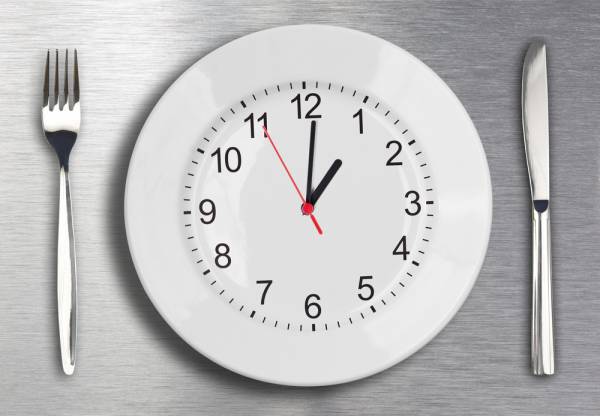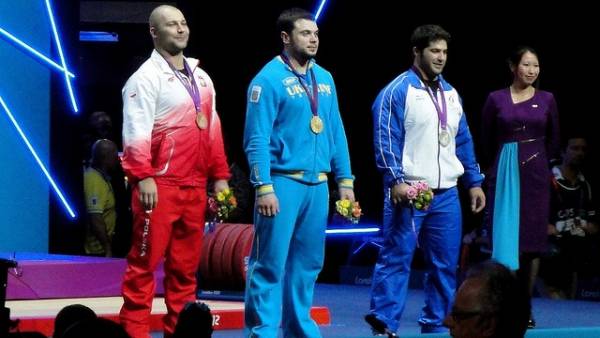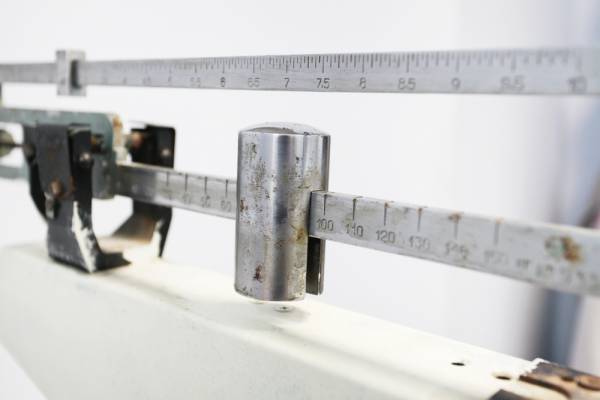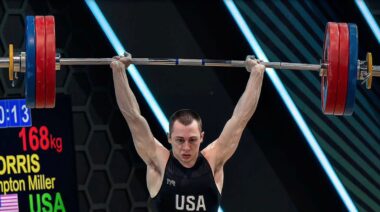Weightlifting, powerlifting, and the combat sports are characterized by the fact they give opportunity to athletes of all sizes. In these sports, it is standard practice to cut weight from a bodyweight above the competition limits. Competitors believe they can lose this extra weight at the last minute without penalty. Within limits, these athletes are correct. But athletes do not always stay within the limits.
RELATED: Science Examines Rehydration After Weight Cutting
It is common for competitors to be faced with a diet imperative in the weeks and days leading up to competition. The required dieting may be dramatic – and dangerous. Athletes resort to such expedients as excessive jogging, laxatives, diuretics, steam baths, rubber suits, and semi-starvation. As a last resort, radical haircuts and even masturbation have been used to shed the last few grams.
Not surprisingly, such methods have attracted the attention of medical and educational professionals. Athletes have died trying to make weight. Therefore, efforts at reform in this area crop up regularly. <strong”>Let’s take a look at each of these attempted reforms, and also at how cutting weight does or does not impact the sport of weightlifting.
RELATED: Weight Cutting In Sports: Is It Truly an Advantage?
Adjusting the Time of the Weigh-In
One of the first reforms often made is to adjust the time of weigh-in. At one point, weightlifting opted to weigh athletes as close as was practical to the competition start. Previously, weigh-ins started one hour before the first lift was scheduled. This allowed minimal time to regain weight and ensured most athletes would not be tempted to lose a lot, then try to regain. There just wasn’t enough time.
This policy was strengthened by insisting all records made could only be ratified if the athlete weighed in again right after the lift and was found to still be within the weight category. The requirement for a second weigh-in was later dropped as it slowed down the competition too much.
“Previously, weigh-ins started one hour before the first lift was scheduled. This allowed minimal time to regain weight and ensured most athletes would not be tempted to lose a lot, then try to regain.”
The sports also injected a fifteen-minute break between the end of the weigh-in and the start of competition. This was because some people who had a difficult time making weight would have to then start their warm-ups immediately if they were among the first attempts that would be taken. Still later that fifteen-minute break was extended to one hour, so lifters now start weigh-in two hours before the competition. This does give a bit more time to replace electrolytes, but not enough time to create a drastic increase in body weight.
Weighing-In the Day Before
At the other extreme are boxing federations where weigh-ins occur the day before the match. At one time, boxers were weighed at noon of fight day. While this gave them several hours to regain body weight, for some fighters that was not enough. Deaths resulted from dehydration, so it was decided fighters would weigh in the day before the fight. They could make weight and then have over 24 hours to replace lost fluids.
RELATED: How to Cut Weight the Right Way
While this was safer for the athletes, it makes a mockery of weight division limits. In the heavier divisions, fighters starve themselves, make weight, then eat to the point where they enter the ring twenty pounds over the official weight limit. At best, this renders moot the idea of the weight limit. At worst, it can result in a fighter right at his weight limit going up against somebody a full division heavier than him by fight time.

Using Height and Weight Charts
Another solution offered is the idea that athletes can be compared to a height and weight chart to see who is suspiciously light for his or her height. Such a solution certainly was not brought forward by anyone familiar with athletes or even the general human population.
Due to the wildly varying body compositions in the human race, such a venture would be unworkable, especially with younger athletes going through growth spurts at different times and rates. Many would be judged too light for their height. Would it be fair to then blindly accuse them of using unsafe weight-loss methods? Obviously not.
“Due to the wildly varying body compositions in the human race, such a venture would be unworkable, especially with younger athletes going through growth spurts at different times and rates.”
Even if such charts were used, the charts themselves have problems. The most widely used chart is one developed by Metropolitan Life in 1959. While many assume it was based on the average heights and weights of millions of policyholders, in actual fact it was based on the ideal ages of those people who did not experience heart ailments or other severe medical trauma.
The MetLife scale does account for differing body composition by recognizing three different builds for each inch of height. However, even people of the same height and build (and even the same level of muscularity with different skeletal structures) are going to vary in their body weights. While the MetLife figures are fairly accurate for many people, there are far too many outliers to rely on them.
Such standard weight charts are of little use to those in heavy athletics. The muscularity requirements of the sports mean the bodyweight of their athletes will exceed that of non-athletes (at least non-athletes of good physical condition). According to the charts, Arnold Schwarzenegger in his prime would have been considered just plain fat. The bottom line is the MetLife charts are not a good way to determine an athlete is too light, i.e. has used unacceptable weight-loss techniques.
RELATED: Choosing the Best Weight Class For Lifting
Adding More Weight Categories
Another suggestion is to have more weight categories. The idea is that athletes would not have to lose as much weight to get down to the next weight category. The trouble with that solution was soon realized when athletes would not stop at one weight category. They might want to move down two or even three categories.

This solution was proposed back in the 1990s, but was soon tabled as the International Olympic Committee also wanted to limit the number of medals available. The International Weightlifting Federation considered having twelve categories instead of their once-standard ten for both sexes. Soon after, they were forced to settle for only eight for men and seven women.
Weightlifting and Weight Cuts
While a lot of sports, wrestling in particular, have been singled out for questionable weight-loss methods, my own sport of weightlifting has not. While some have lumped it in with wrestling, the assumption that our weight-loss excesses match those of the grapplers would not be accurate.
RELATED: Size Does Matter – Managing Weight Cutting in Weightlifting
A while back, I was refereeing a competition in Chicago and had the chance to talk to a fellow referee who also adjudicated wrestling. He noticed right away that lifters did not attempt any radical weight-loss regimens. This surprised him as the environments and requirements are about equal in both sports.
I explained to him that while lifters do go through some weight-loss torture, they cannot take it to extremes. While according to our rules, the lighter lifter will win in the event of a tie, that same lifter will also have compromised his chances by losing weight.
“That is why excessive weight loss is not too controversial in weightlifting. Beyond the minimal amount, it just isn’t worth it.”
A little bit of weight loss can be good. You can squeeze down into your weight category and you might feel like you are quicker with the absent spare tire. A little bit of dieting discipline may also be useful. But last-minute weight loss becomes self-defeating. A lifter has to count on losing strength along with the fat whenever he or she diets. Naturally bigger lifters can afford to lose more than small lifters, but even they have limits. Weightlifters cannot trade their strength for endurance or other qualities.

Wrestling, boxing, and the like are different in that such trade-offs are more workable. Endurance and strength are both needed. In addition, a wrestler’s opponents are often going through the same misery, so they are theoretically “even,” as long as they have not dehydrated to the point of cramping. Not so with lifters. Many do not have to lose much weight at event time.
RELATED: How to Cut Weight When Life is Busy
That is why excessive weight loss is not too controversial in weightlifting. Beyond the minimal amount, it just isn’t worth it. Other sports have more room to experiment since the other athletic qualities may not be affected to the same degree.
All of this brings us to the end of this discussion, but perhaps the start of another one. There are a lot of MMA and BJJ fighters out there. What is your take on the best way to control excessive weight cutting by competitors, all with an eye towards preserving their health and fitness? Let’s hear from you in the comments below.
Photo 1 “Weigh-in” by MartialArtsNomad.com. Attribution 2.0 Generic License.
Photo 3 “Three medalists” by Garethbee. Attribution 2.0 Generic License.
Photos 2 & 4 courtesy of Shutterstock.






